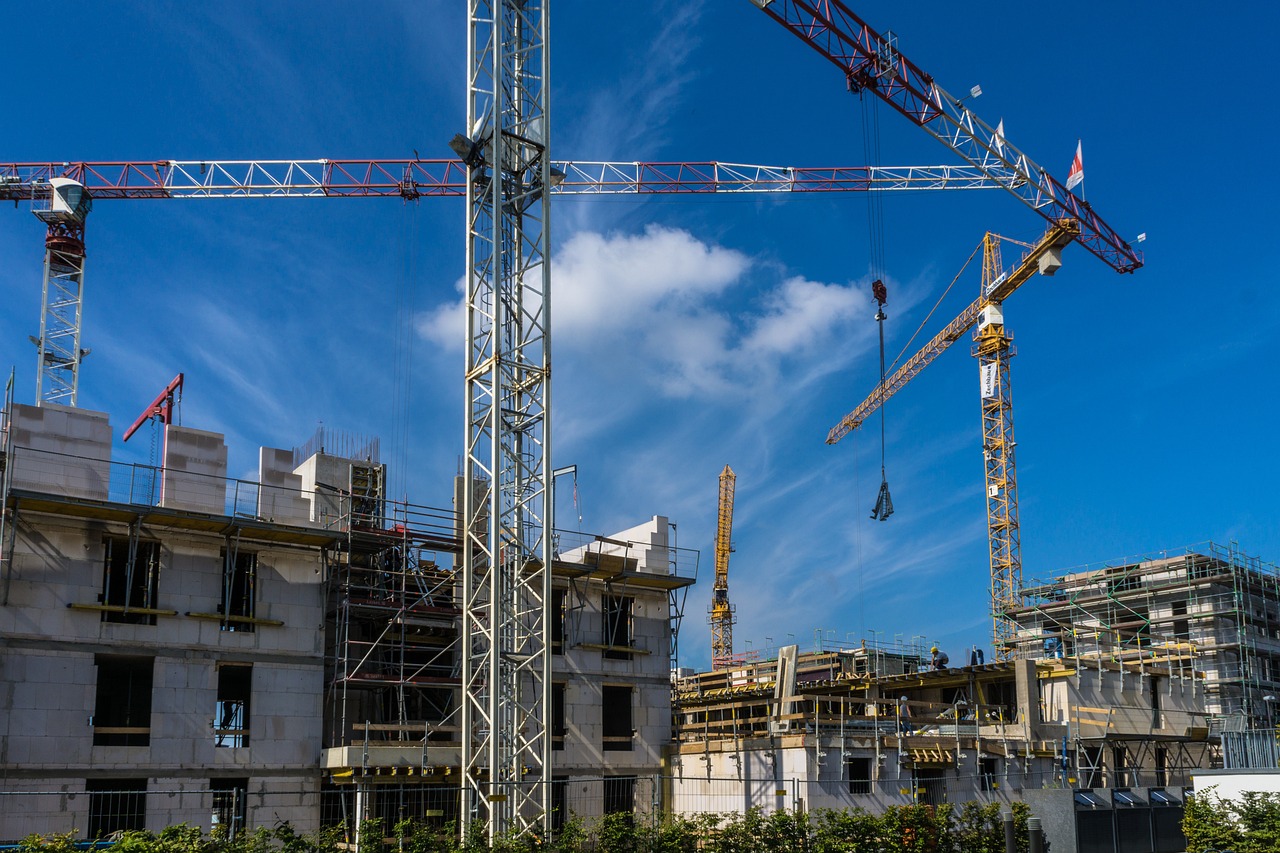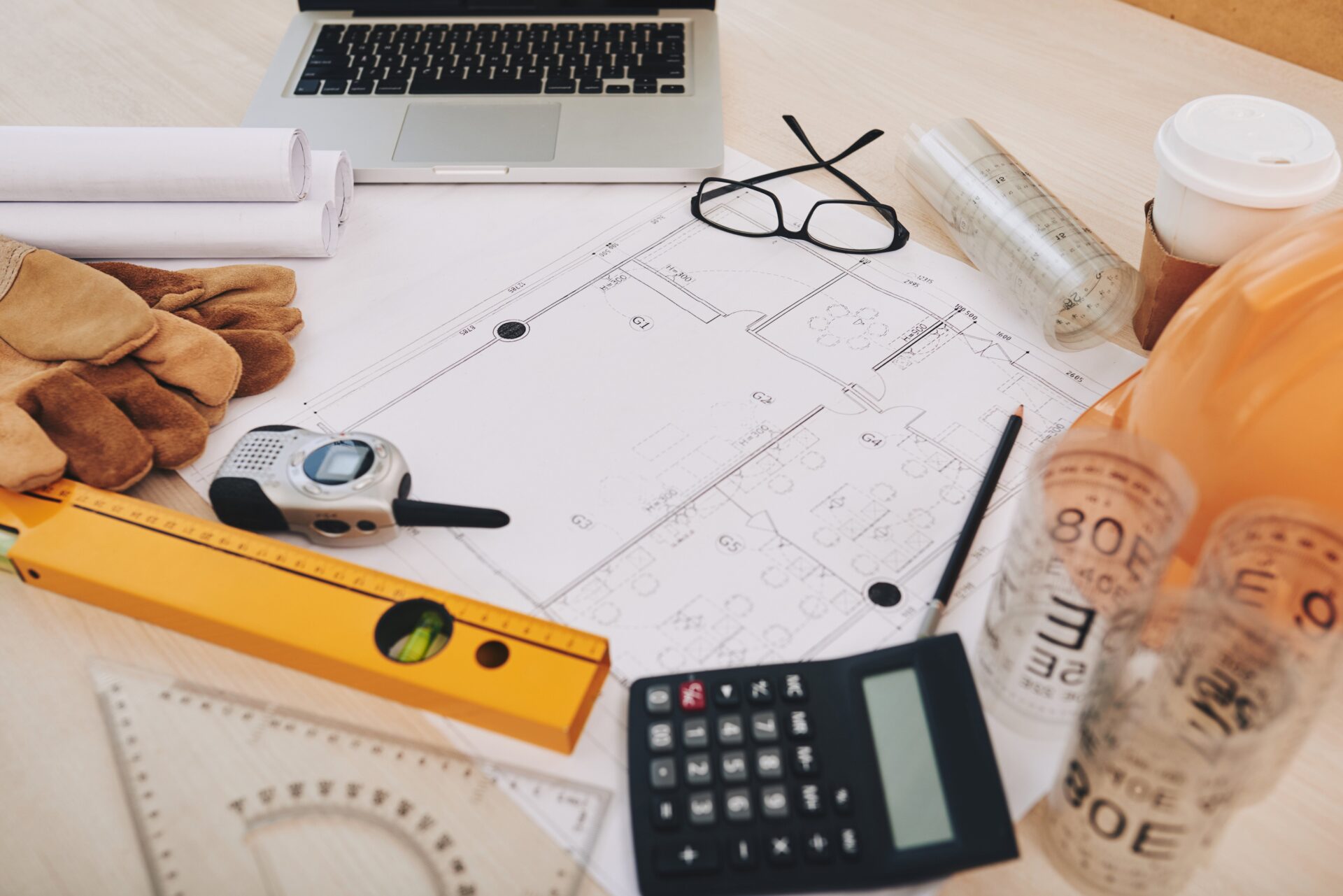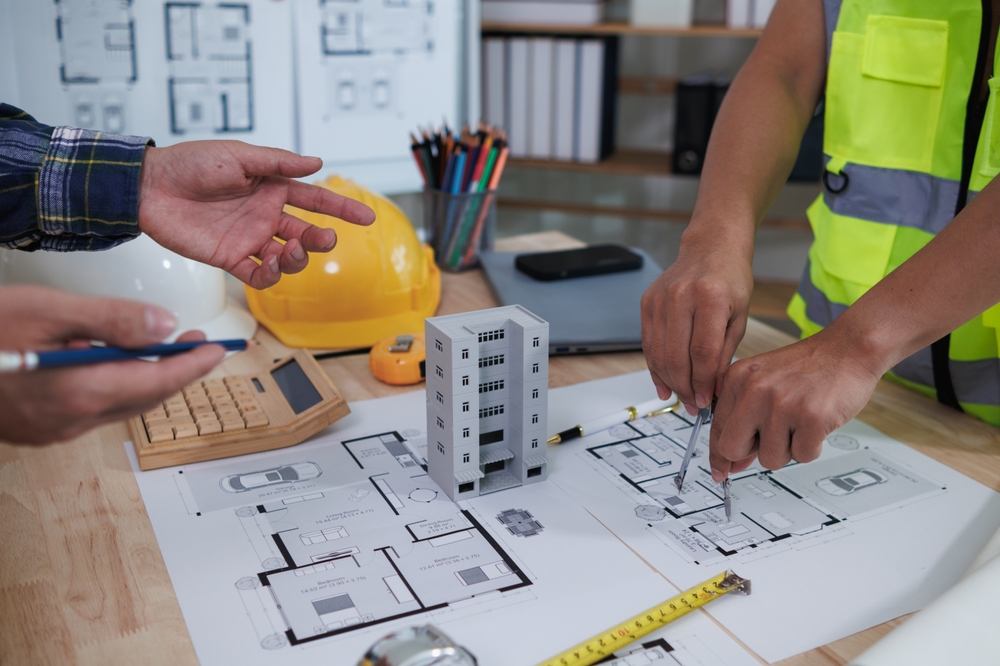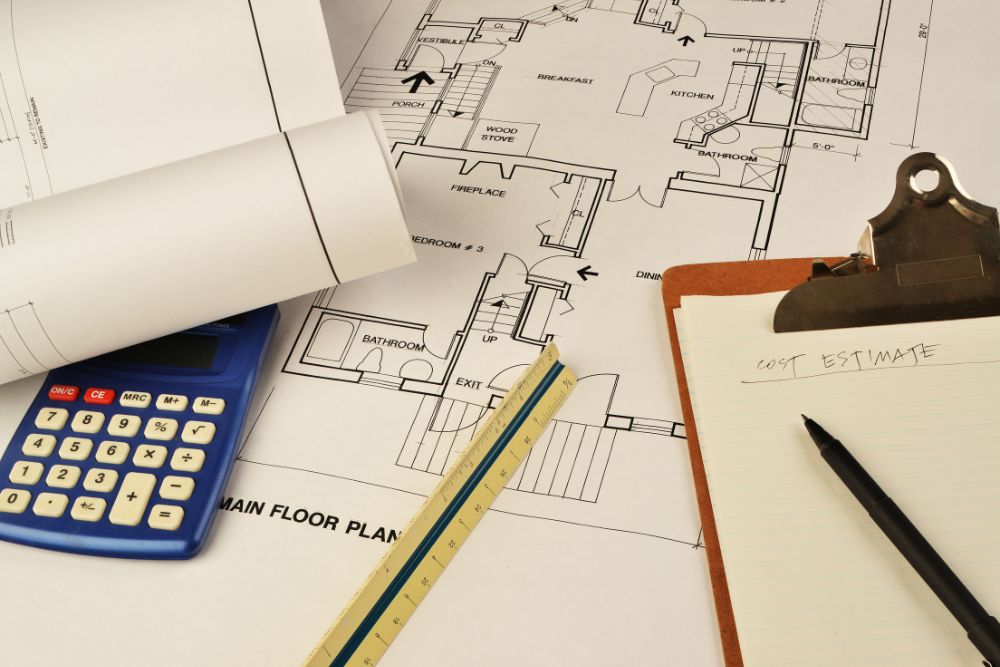Have you been aware that rough estimates cause the average cost of construction to be overestimated by 20 to 50%?
Learning how to make an estimate for construction is crucial since this will keep the project running constantly without interruptions. That is why it can be stated that an accurate estimate can be made to win a company and may provide a continuous flow of work.
To ensure their projects are on schedule and cost-effective, it’s important that project managers and their teams clearly know what’s involved in preparing an estimate and how it should be done polished.
In this guide, let us verify the main factors that help develop the construction estimate and how it is done. It is impossible to overstate that this article contains all the relevant information split into 8 straightforward steps, starting with the types of estimates and ending with the use of modern software. Suppose we begin with the things you ought to put forward to make a good estimate.
What is a Construction Estimate?
Construction estimating involves estimating the construction project’s general cost before work commences. A construction estimate refers to an approximate assessment of the cost of a construction project. It encompasses all the costs likely to be incurred while executing the project, including human resources, materials, machinery, and other necessities. An estimate, therefore, aims to provide people with an accurate picture of the total cost so they can plan their financial resources appropriately.
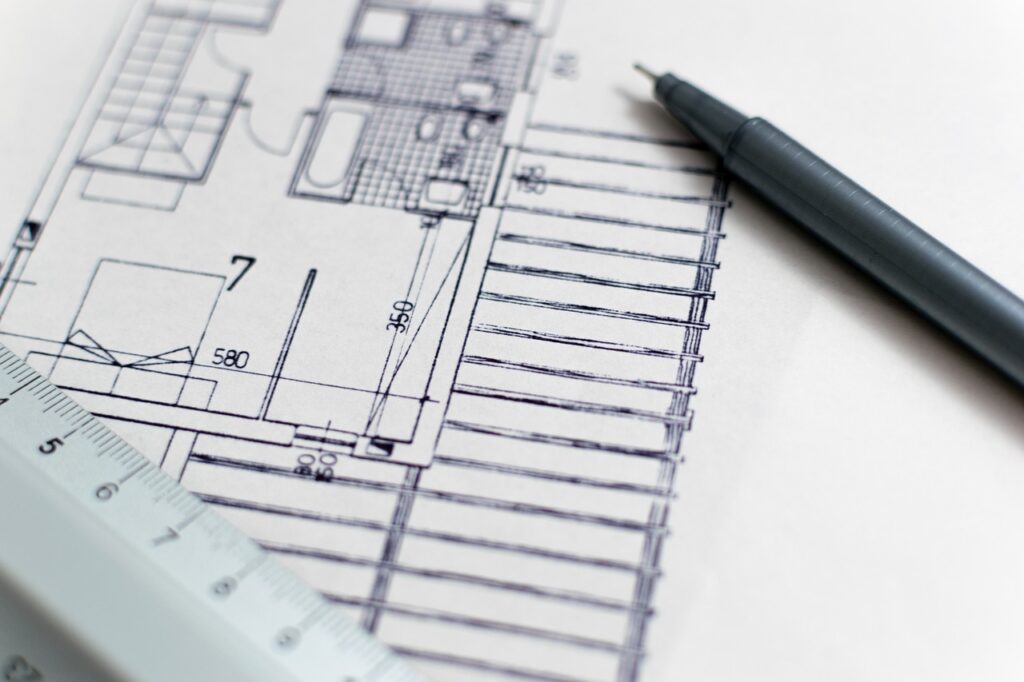
A good construction estimate does a few important things:
- Sets a Budget: It helps set a realistic project budget.
- Checks Feasibility: It shows if the project is financially possible.
- Guides Negotiations: It allows for discussing the project with clients, other subcontractors, and suppliers.
Preparation of realistic and reasonable estimates ensures that all the parties – you, your clients, and the team – have a clear vision of the project’s costs, avoiding misinterpretations and staying on budget.
Types of Construction Estimates
When planning a construction project, understanding the different types of estimates can help you choose the right approach. Here are the three main types:
Preliminary Estimates
Preliminary Estimates are initial, rough estimates you get early on when you only have basic project details. They give you a rough idea of the project’s cost and are useful for early budgeting and planning.
Detailed Estimates
Detailed estimates are thorough and precise estimates that break down every cost involved in the project. They include detailed calculations for materials, labor, and equipment based on the final plans, helping you budget accurately and prepare for the project’s financial needs.
Quantity Takeoff Estimates
Quantity takeoff estimates focus on determining exactly how much of each material and how many labor hours you’ll need. By measuring from detailed plans, this type of estimate helps you get precise numbers for ordering materials and planning your work.
Bid Estimate
Contractors prepare this estimate when bidding for a project. It includes all costs plus a profit margin to ensure a competitive yet profitable proposal.
Revised Estimate
Sometimes, projects face cost changes due to design modifications, material price increases, or unforeseen circumstances. A revised estimate updates the budget to reflect these changes.
Supplementary Estimate
A supplementary estimate is prepared if additional work is required beyond the original scope. This ensures new expenses are accounted for without affecting the initial budget.
Definitive Estimate
This is the most accurate type of estimate, prepared when all project details, designs, and material requirements are finalized. It provides the final cost before construction begins.
Step by Step on How to Make an Estimate for Construction
To create an accurate construction estimate, you need to follow a few essential steps. Here’s a construction estimating guide to help you through the process:
Review Project Plans and Specifications
Start by thoroughly examining the project plans and specifications. It is very important to clarify the work’s size and objectives and any specifications or quirks. This will enable you to better understand what should be included in your estimate.
Perform a Quantity Takeoff
Estimate the quantities of the materials and manpower to be used in the project. They help you identify the amount of materials to be used and the number of hours that will be taken to construct a particular plan. This step also assists in determining the size of the project and hence helps create awareness of the task ahead.
Research Costs
Look up current prices for the materials, labor, and equipment needed. Check with suppliers and subcontractors to get accurate cost information. This ensures your estimate reflects the real costs you’ll face.
Assemble the Estimate
Combine all the quantity takeoff and cost research information into a detailed estimate. Break down the costs by category, such as materials, labor, and overhead, to create a clear and organized estimate.
Review and Adjust
Re-verified the estimated amount with the intention of making it totally correct. Cross-check all the calculations made for the problem to ensure that there is no other thing to be done. Adjust as you deem appropriate before coming up with the final estimate to get the closest and best estimation as possible.
Levels of Construction Estimating
Estimation in construction is a challenging technique that involves disassembling a construction project into subsystems and attributing price tags to the elements. The measures of precision depend on the availability of detailed information at the time of preparing the estimates.
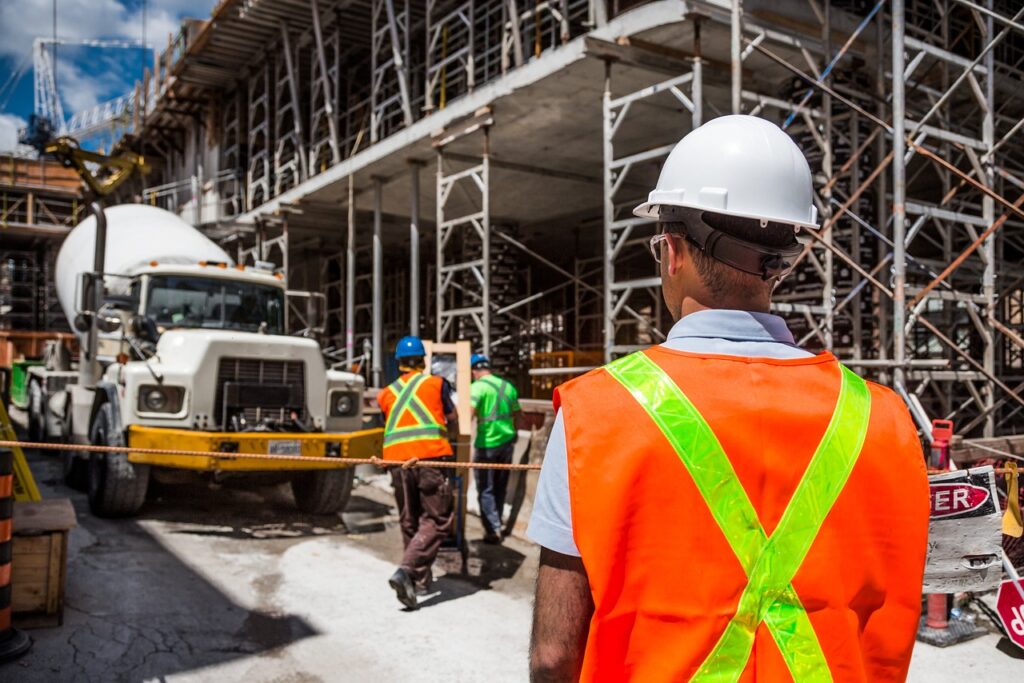
Here are the primary levels of construction estimating:
Order of Magnitude (ROM) or Conceptual Estimate
| Aspect | Details |
| Purpose | To provide a rough estimate for feasibility or initial budgeting. |
| Accuracy | ±25% to 50% |
| Information | Based on limited data, often just square footage or similar metrics. |
Schematic or Preliminary Estimate
| Aspect | Details |
| Purpose | To refine the estimate based on initial design concepts. |
| Accuracy | ±15% to 25% |
| Information | Uses more detailed project scope and design information. |
Design Development Estimate
| Aspect | Details |
| Purpose | To provide a more accurate estimate with developed design drawings. |
| Accuracy | ±10% to 15% |
| Information | Based on detailed design information and preliminary quantities. |
Construction Document or Detailed Estimate
| Aspect | Details |
| Purpose | To create a comprehensive estimate from complete construction documents. |
| Accuracy | ±5% to 10% |
| Information | Relies on detailed quantities, material specs, and labor estimates. |
Bid or Definitive Estimate
| Aspect | Details |
| Purpose | To determine the final cost for bidding or contractual purposes. |
| Accuracy | ±3% to 5% |
| Information | Includes all finalized documents and detailed pricing. |
Benefits of Construction Estimating Software
Construction estimating software makes creating estimates faster and easier. Here’s how:
- Automated Material Counts: Construction estimating software can quickly determine how much material you need by scanning project plans, saving time and reducing errors.
- Accurate Calculations: It handles all the math, so you avoid mistakes. You can quickly change costs, and the software updates everything instantly.
- Increased Productivity: By handling routine tasks, the software lets estimators focus on important decisions, like choosing equipment and finding better prices.
- More Competitive Bids: Estimating becomes more precise and speedy with the help of software, which in turn leads to better bids and a higher number of won contracts.
- Better Decision-Making: Real-time information assists in strategic planning and identifying certain ways in which costs could be reduced, thus making your projects more successful.
Factors to Consider While Making an Estimation for Construction
Here are some factors to consider while estimating for construction:
- Material Costs: These include the cost of all the materials required to complete the project, including concrete, steel, wood, etc., and it is advisable to obtain the most favorable prices since the prices of the materials are sometimes subject to change.
- Labor Costs: This is the wage for the workers, subcontractors, and any other specialist needed for the particular project. Ensure that you consider the total number of hours or days that may be required for each task.
- Equipment Costs: Expenses involved in renting or purchasing other equipment, such as the crane, mixer, and trucks. Do not neglect to add costs related to maintenance and fuel.
- Overhead: These are the overhead costs that will be incurred as a result of the project: electricity, insurance, and other office expenses. Exploring these is essential so that they do not form an additional cost that reduces net profit.
- Profit Margins: Choose these arguments for a reasonable profit margin depending on a project’s difficulty and its relative risk ranking. This should be a good measure of the dollar value you are bringing in via your specialized knowledge and administrative skills.
- Contingencies: Keep a contingency fund, which should be a specific percentage of the total estimate of the project. This reduces risks and prepares you to face any challenge that may come your way unexpectedly.
Tips for Creating the Perfect Construction Estimate
One evident fact that you must appreciate is that a good construction estimate is central to any given construction project. Here are some tips that can help you make your description accurate and rich:
- Understand the Project Scope: This can best be done by going back to all plans and discussing the project with them.
- Break Down the Costs: Add other costs of labor, costs of other materials, and equipment costs as separate expenses.
- Include Contingencies: Set aside some extra money (5-10%) for unexpected costs and risks.
- Use Construction Estimating Software: Use software to make calculations easier and keep track of changing prices.
- Review and Double-Check: Double-check your numbers and compare them with similar projects to make sure your estimate is accurate.
- Provide a Detailed Breakdown: List all costs clearly and explain how you arrived at the numbers.
- Communicate Clearly: Present the estimate in simple terms and be ready to answer any questions.
- Update Regularly: Adjust the estimate as project details change and keep track of updates.
How Technology Helps in Construction Estimating
Therefore, technology has to change construction estimating so that it is faster, more accurate, and more efficient.
Estimating Software
Advanced software like AutoCAD, PlanSwift, and Buildertrend automates calculations, reducing manual work. These tools generate accurate cost estimates based on project details, saving time and effort.
Cloud-Based Estimating
Cloud technology lets teams access estimates anytime, anywhere. It improves collaboration between contractors, engineers, and clients, keeping everyone updated on project costs.
Artificial Intelligence and Machine Learning
AI-powered tools analyze past project data to better predict costs. They also detect potential risks, helping contractors avoid budget overruns and financial losses.
Drones and Site Scanning
Drones capture aerial site images, providing real-time data for estimating land preparation costs. Laser scanning technology helps measure site dimensions with precision, improving accuracy.
Mobile Applications
Estimating apps allow construction companies to estimate on-site using mobile devices or tablets. This makes decisions faster and helps monitor project costs in real time.
Common Challenges in Construction Estimating
Accurate cost estimating is crucial, but several challenges can impact its reliability. Here are some common issues:
Incomplete or Inaccurate Project Data
If project plans, specifications, or scope of work information is missing or incomplete, wrong estimates may result. Estimators will likely have to assume the missing information, which raises the possibility of overruns.
Material Price Fluctuations
Prices change periodically depending on the market situation, especially for steel, concrete, and lumber materials. Additional costs exceed budgeted due to supply chain interruptions or inflation.
Labor Cost Variability
Labor costs depend on location, experience, and demand. Shortages of skilled workers or union agreements can raise wages, making estimates less accurate.
Unforeseen Site Conditions:
Unexpected ground conditions, such as unstable soil or hidden underground utilities, can add extra work and extra costs.
Errors in Quantity Takeoff
If material quantities are miscalculated, shortages or excessive purchases can result. Using outdated unit prices can also affect cost accuracy.
How to Improve Construction Estimating Accuracy
Enhancing estimating accuracy helps control costs, prevent budget overruns, and improve project planning. Here are key ways to achieve better estimates:
- Use Advanced Estimating Software: Modern estimating software helps reduce errors and saves time. Tools like ProEst, PlanSwift, or Buildertrend automate calculations and provide updated material and labor costs.
- Update Cost Data Regularly: Material and labor costs change frequently. Maintaining a current pricing database ensures that the estimates produced will reflect today’s market.
- Conduct Thorough Site Assessments: Before estimating, it is useful to visit the site to observe possible challenges, including soil conditions, utility lines, and access that might affect cost.
- Standardize Estimating Processes: A systematic way of estimating through checklists and templates eliminates mistakes and allows consideration of every relevant factor for every project.
- Break Down Estimates into Detailed Components: Instead of broad cost assumptions, break estimates down into labor, materials, equipment, and subcontractor costs. This improves accuracy and makes it easier to track expenses.
- Get Multiple Supplier and Subcontractor Quotes: Comparison of several suppliers’ and subcontractors’ bids will help avoid overpricing by one source and ensure that all costs are competitive.
FAQs
Why is cost estimation important in construction?
Cost estimation is important because it helps predict a project’s costs, preventing budget problems. It ensures the project stays within budget and avoids unexpected expenses.
How do you calculate a construction estimate?
Calculate a construction estimate by assessing the scope of work, quantities of materials, labor costs, and any additional expenses. Use detailed project plans and specifications to ensure accuracy.
How do you write a building estimate?
Write a building estimate by outlining the scope of work itemizing costs for materials, labor, and overheads. Include a clear breakdown of each component and provide a total cost summary.
How do you do construction estimating?
Perform construction estimating by analyzing project blueprints, measuring quantities, and applying unit costs. Factor in labor, materials, and equipment, and review historical data for accuracy.
How do you calculate construction cost estimation?
Calculate construction cost estimation by summing the materials, labor, equipment, and overhead costs. Use cost-per-unit rates and adjust for project-specific factors to refine the estimate.
Can cost estimates change during a project?
Yes, cost estimates can change if unexpected issues arise. But with a solid initial estimate, you can quickly adjust the budget or timeline if needed.
Transform Your Construction Estimating with Prime Estimation!
Accurate construction cost estimation is key to successful construction projects. It keeps budgets on track, prevents delays, and optimizes resources. As construction evolves, modern technology makes estimating faster and more reliable.
Our team of experts delivers precise, fast estimates and integrates accurately with your systems. Benefit from expert insights, improve your competitiveness and simplify your project planning. Contact Prime Estimation today to heighten your estimating process and experience unmatched accuracy and efficiency!




